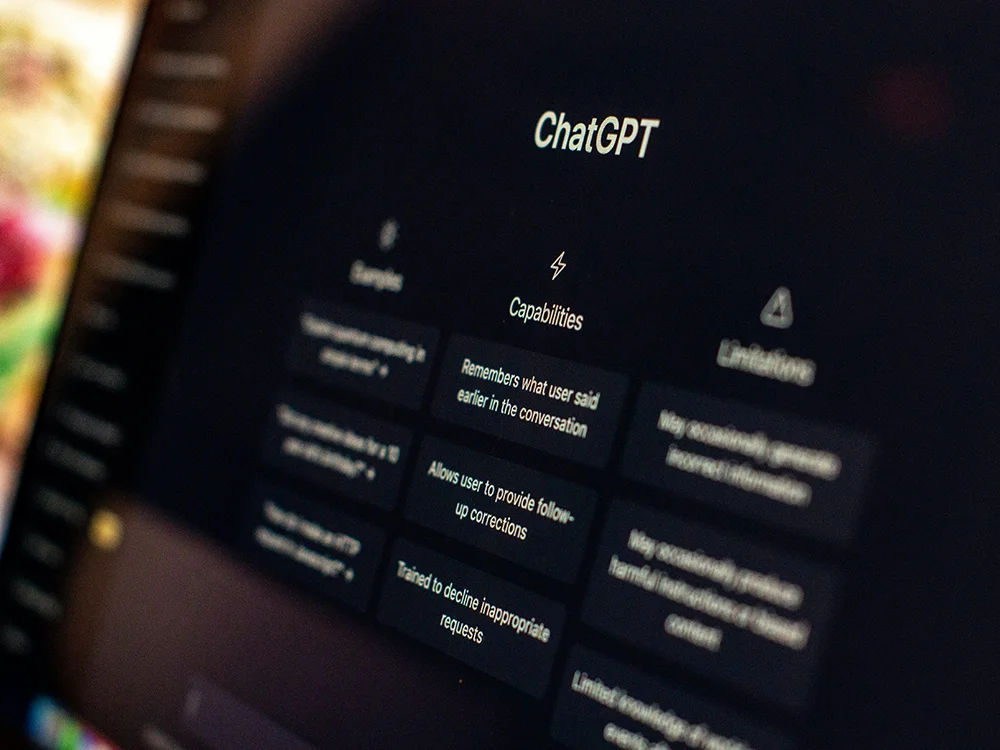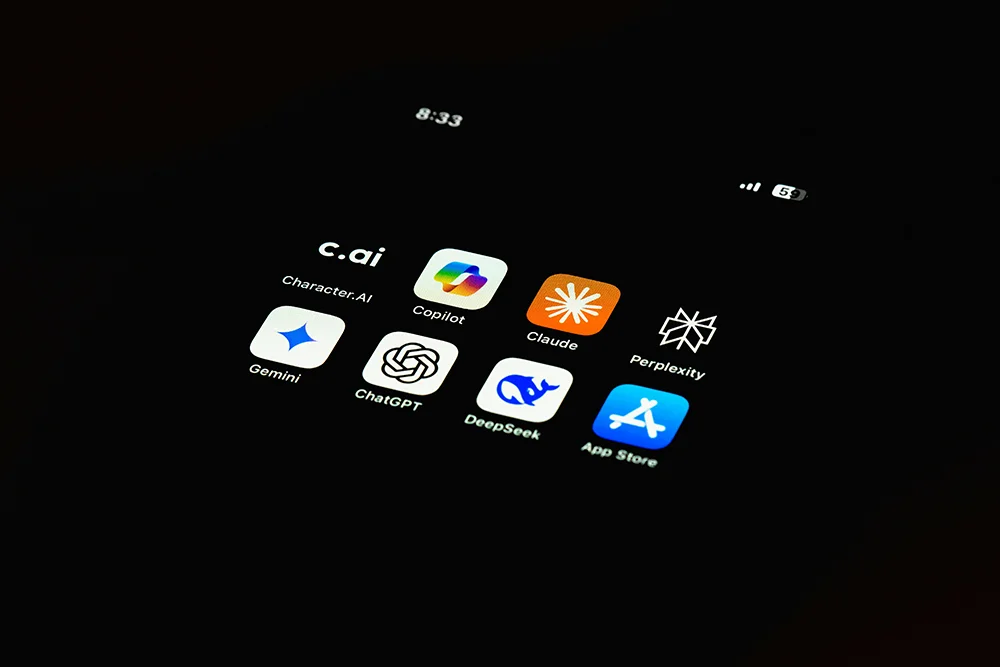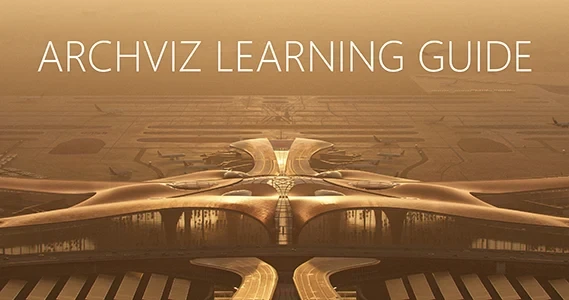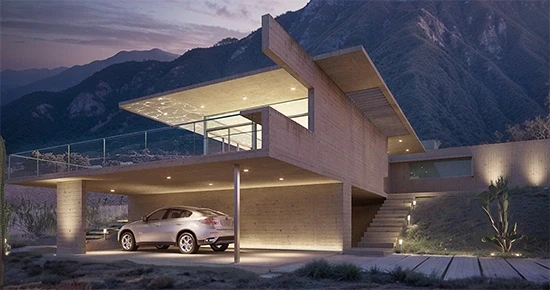The Role of AI in Architectural Visualization: ChatGPT vs. DeepSeek
The field of architectural visualization has evolved dramatically with the integration of artificial intelligence, offering designers and studios powerful tools to enhance creativity and efficiency. Among the most impactful AI-driven technologies are ChatGPT, developed by OpenAI, and DeepSeek, an emerging AI model from China focused on real-time 3D scene generation and automation.
Both AIs bring unique capabilities to the table: ChatGPT excels in text-based ideation, procedural scripting, and workflow optimization, while DeepSeek is designed for AI-assisted modeling, scene generation, and rendering automation. Understanding how these two models compare and how they can be integrated into ArchViz workflows is crucial for professionals looking to stay ahead in the industry.
In this article, we first explore a comparative analysis of ChatGPT and DeepSeek, assessing their strengths, accessibility, and integration capabilities. Then, we dive into their practical applications, demonstrating how each AI can be leveraged for concept development, 3D modeling, rendering, and presentation.

ChatGPT vs. DeepSeek: A Deep Dive
1. Origins and Core Capabilities
- ChatGPT: Developed by OpenAI, ChatGPT is primarily a large language model (LLM) designed to assist with a wide range of text-based tasks, from answering questions to generating complex scripts and ideation for creative projects. Over time, its capabilities have expanded, allowing it to integrate with image generation (via DALL·E), code generation, and workflow automation, making it a valuable tool for architectural visualization professionals.
- DeepSeek: DeepSeek, backed by cutting-edge research and deep-learning models, is built with a strong emphasis on multimodal capabilities. Unlike ChatGPT, which is text-first with additional AI-powered tools, DeepSeek reportedly focuses heavily on real-time 3D scene generation, architectural analysis, and instant rendering optimization. The model integrates deep-learning-based geometry generation with AI-driven material recognition, making it particularly suited for ArchViz applications.
2. Language and Global Accessibility
One of the biggest differences between these two AIs lies in their language capabilities and accessibility:
- ChatGPT: Supports multiple languages and is widely available worldwide, making it an excellent tool for international teams, freelancers, and studios working across different regions. Its ability to generate scripts, text-based workflow optimizations, and training materials makes it highly versatile.
- DeepSeek: While reportedly powerful, DeepSeek has limited accessibility outside of China, with a focus on Chinese-language users and localized architectural knowledge. This may pose a challenge for global adoption, but it provides an edge for projects requiring in-depth understanding of regional architectural styles, building regulations, and historical influences specific to the Chinese market.
3. Text-Based Intelligence vs. Visual & 3D Generation
- ChatGPT: Primarily operates through text-based interaction but can assist in generating procedural scripts for tools like Blender, Unreal Engine, and 3ds Max. It can also help with ideation, conceptual storytelling, and AI-assisted automation of design workflows.
- DeepSeek: Designed with direct 3D and image generation capabilities in mind, making it particularly suited for real-time scene creation. Its ability to quickly generate urban landscapes, interiors, and furniture layouts based on predefined parameters could revolutionize how ArchViz professionals approach early-stage design and visualization.
4. Integration with Existing Software
- ChatGPT: Due to its flexibility, ChatGPT can assist users in writing Python scripts for Blender, automating tasks in 3ds Max, and even optimizing parametric designs in Grasshopper. It doesn’t directly generate 3D models but significantly enhances efficiency in modeling workflows.
- DeepSeek: Early reports indicate that it has direct integrations with CAD and BIM software, allowing for AI-assisted modifications of blueprints and real-time feedback on design choices. This could be a game-changer for architects and visualization professionals looking to streamline large-scale projects.
5. Creativity and User Control
- ChatGPT: Provides creative assistance by generating descriptions, procedural elements, and even assisting with storytelling for ArchViz presentations. However, since it doesn’t directly create 3D visuals, users still need to translate its outputs into their preferred software.
- DeepSeek: Being more visual-first, this model allows for instant generation of architectural layouts and renders. However, early indications suggest that user control over fine details may still be developing, meaning customization might be somewhat limited compared to manual modeling in traditional software.

AI in Architectural Visualization: Practical Applications
1. Concept Development and Early Ideation
ChatGPT’s Role:
- ChatGPT excels in assisting with brainstorming and concept ideation. Here’s how it can be used in the early stages of an ArchViz project:
- Design Narrative & Storytelling: Helps create compelling project descriptions, guiding the emotional and functional aspects of a design.
- Style Research: Provides insights into different architectural styles, historical influences, and material choices.
- Workflow Optimization: Suggests step-by-step processes for efficient modeling, texturing, and rendering.
- AI-Assisted Scripting: Generates procedural scripts for Blender, 3ds Max, or Unreal Engine, speeding up repetitive tasks.
DeepSeek’s Role:
DeepSeek focuses more on direct visualization and automation:
- Instant Scene Generation: Can generate 3D urban landscapes, interior layouts, or facade designs based on AI prompts.
- Material & Texture Recognition: Automatically applies realistic materials to models, reducing texturing time.
- Automated Space Planning: Uses AI-driven algorithms to optimize furniture placement and spatial organization.
Best Use Case: Combining ChatGPT’s conceptual and script-based assistance with DeepSeek’s ability to generate early visual representations can create a fast and effective workflow for initial design phases.
2. 3D Modeling & Scene Building
ChatGPT’s Role:
- While ChatGPT does not generate 3D models, it assists in procedural modeling by writing automation scripts for:
- Parametric Design in Grasshopper (Rhino): Helps generate algorithms for complex geometric forms.
- Python Scripting in Blender: Creates procedural objects, automates repetitive tasks, and optimizes workflow.
- Automation in 3ds Max & Maya: Generates MAXScript or Python scripts for speeding up modeling tasks.
DeepSeek’s Role:
- Generates 3D Architectural Models: Can create AI-assisted designs based on user inputs.
- Automates Object Placement: Uses AI to distribute furniture and objects realistically.
- BIM & CAD Integration: Works directly with building information modeling (BIM) systems, refining layouts for construction-ready designs.
Best Use Case: Use ChatGPT to generate procedural scripts for efficiency while leveraging DeepSeek for rapid 3D scene creation.
3. Rendering & Post-Production
ChatGPT’s Role:
- Render Optimization Tips: Suggests the best render settings for V-Ray, Corona, or Unreal Engine.
- Material Node Editing: Assists with shader scripting for realistic materials.
- AI-Powered Image Generation (DALL·E): Can help generate background images or sky replacements for post-production.
DeepSeek’s Role:
- AI-Driven Rendering Enhancements: Improves lighting conditions and texture realism.
- Real-Time Rendering Adjustments: Uses deep learning to enhance scene quality on the fly.
- Automated Atmospheric Effects: Adds realistic weather, lighting, and shadow adjustments dynamically.
Best Use Case: ChatGPT can provide optimization techniques, while DeepSeek can enhance the final output with AI-driven lighting and material enhancements.
4. Marketing & Presentation
ChatGPT’s Role:
- Presentation Scripts: Generates compelling descriptions for client presentations.
- SEO-Optimized Content: Helps write engaging articles for ArchViz portfolios and blogs.
- Client Communication: Assists in drafting professional emails, project proposals, and contracts.
DeepSeek’s Role:
- AI-Powered Image & Video Generation: Can create marketing-ready visuals from existing models.
- Virtual Tours & Walkthroughs: Uses AI to generate interactive tours directly from 3D scenes.
- Automated Client Feedback Integration: AI-driven tools can analyze client preferences and suggest improvements.
Best Use Case: ChatGPT helps with client communication and branding, while DeepSeek refines the visual output for marketing purposes.

Conclusion
AI is transforming the way architects and visualization professionals approach their work. ChatGPT and DeepSeek each offer distinct advantages that, when combined, can create a highly efficient, AI-powered workflow.
ChatGPT enhances ideation, workflow automation, and procedural scripting, making it an excellent tool for optimizing productivity.
DeepSeek accelerates real-time 3D scene creation, automated rendering, and intelligent material applications, helping designers achieve high-quality visuals faster.
Rather than replacing human creativity, these AI models serve as powerful assistants, allowing professionals to focus more on artistic and conceptual elements while AI handles technical and repetitive tasks. As both technologies continue to advance, their integration into ArchViz workflows will redefine efficiency, creativity, and visualization possibilities in the industry.

Top Architectural 3D Rendering Companies to Consider in 2025
How to Calculate the Cost of Archviz Rendering Services
How Much Does Interor 3D Visualization Cost: 10 Key Factors
3d Rendering Services Contract Sample | FREE

Latest Discussions
Thank you so much!! 
Beautifully composed scene! The sense of depth and lighting are just perfect. ✨
Harika bir sahne kurgusu! Derinlik ve ışık kullanımı mükemmel. ✨
Great list! I’ve been following Arch Viz Artist (AVA) for a while — their tutorials are top‑level. Discovered a few new favorites here too. Thanks for such a helpful compilation!
Great list. I am Abdullah from 7CGI. I would expect the list to have "Neoscape" in it, though. It's always interesting to see how studios around the world are pushing the boundaries of architectural visualization. We recently published a list in a more comprehensive and entertaining manner, highligh
Looking for a reliable and skilled 3D architectural visualization partner?
We specialize in creating high-quality, detailed 3D visualizations that bring your ideas to life. Let’s work together on your next project!














Thank you so much!!